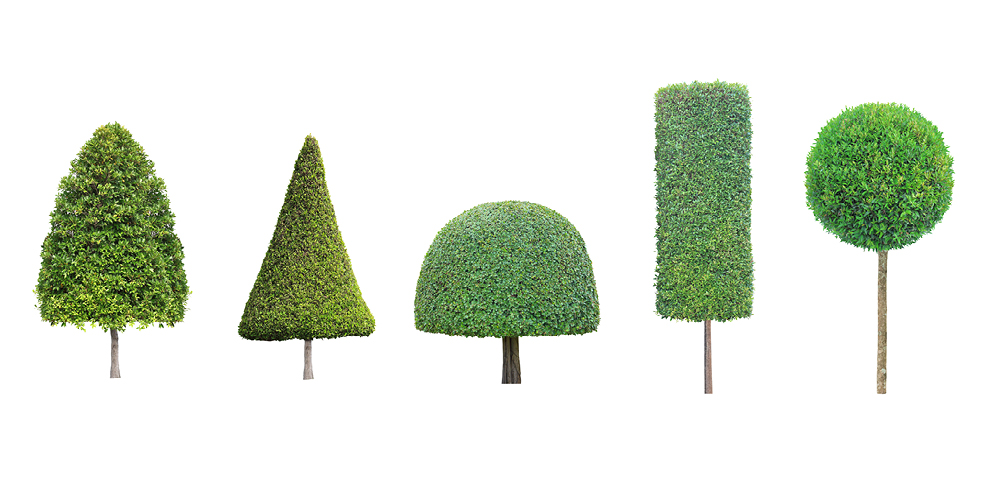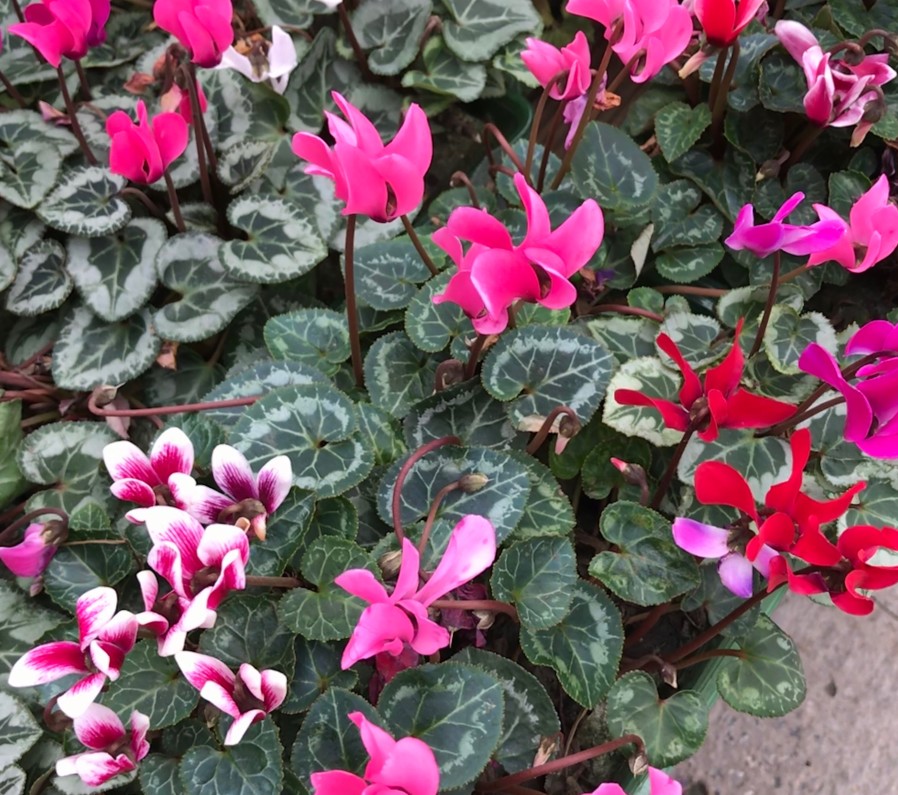The holidays are here once again. It is time to get ready for those big meals, Christmas lights, eggnog by the fireside, and pecan pie! A few years ago I wrote an article about two of my favorite holiday traditions: Christmas trees and poinsettias. Since I have covered that already, I want to talk about other holiday décor items that you might find in garden centers during this time of year, such as the Christmas cactus. As always, I also have a few extra tips and ideas up my sleeve to share.
Christmas Cactus
What is a Christmas cactus, you ask? A Christmas cactus is a species of jungle cactus native to Brazil. It is grown in the United States to be used as holiday décor and house plants. The cactus sports beautiful flowers at the ends of its weeping stems, which are usually red, pink, or white. In addition to holiday décor, it is also becoming more popular at nurseries and hardware stores.

One nice feature about Christmas cacti is that they can be kept as house plants after the holidays have passed. I know of people who have had their Christmas cacti for more than 25 years! They are relatively easy indoor plants to grow and can handle lower light conditions. Like most house plants, they appreciate being grown in quality, well-draining potting soil. Expect to water them around once a week, and give them liquid fertilizer every other month. In time, Christmas cacti can grow up to 2 feet high and 2 feet wide. One warning about these plants: their bloom times can be sporadic. Some years they will bloom during the holidays, and some years they may bloom closer to springtime. Either way, their flowers are worth being appreciated.
Holiday Topiary
Another decoration item debuting in garden centers at this time of year is the holiday topiary. I’m sure you have seen these evergreen plants shaped into pom-poms, cones, and even Christmas trees. Not only are they wonderful to see, they often give off a fresh evergreen smell. One plant commonly used in topiaries is rosemary, which is a useful and delicious herb that can also be added to your favorite recipes. In my opinion, holiday topiaries are best enjoyed in outdoor conditions, either on the patio or at your doorstep, as they make lousy house plants. They will be fine if you want to use them inside for a few days during the holiday season, but be ready to move them back outside as soon as you can. Once the season has passed, your holiday topiaries can be planted in the ground or potted outdoors to enjoy for as long as they are properly maintained.

Using Natural Materials as Decorations
Fall and winter are ideal times for gathering natural materials from the yard to create beautiful and budget-friendly decorations. Magnolia leaves and grapevines are great for making wreaths. Pinecones, holly cuttings, pomegranates, and even whole citrus fruit are great for decorating tables and mantles.

Terrariums and Other Gardener Gifts
Are you looking for gift ideas to give your gardener this holiday season? Terrariums are all the rage and make unique gifts, while seeds and garden tools are always good gift ideas. A soil knife is a really cool gadget for a gardener because you can never have too many hand pruners.

Early Winter Gardening
Early winter is a busy time of year in the yard and garden. It is a great time to plant cold-weather crops, such as lettuce, spinach, cabbage, and greens. We will begin planting our greens in the Big Tex Urban Farms during the weeks ahead. You can also continue planting trees and evergreen shrubs during this time of year. If you are looking to add color to your winter flower beds, consider pansies and violas. They come in a wide variety of colors to meet your needs and will bloom faithfully in even the coldest of North Texas winters. Another stunning winter flower is the Turkish Cyclamen, which blooms all winter long in red, white, or pink. Cyclamen does great in full sun but is also one of the only winter bedding plants that will bloom well in shade.

Cyclamen. Photo Credit @Suze via Twenty20
I hope you have enjoyed my tips. I’ll be back in January with more tricks and advice.
Happy holidays to y’all, and until next time, happy gardening!

Sincerely,
Drew Demler
Director of Horticulture, State Fair of Texas
